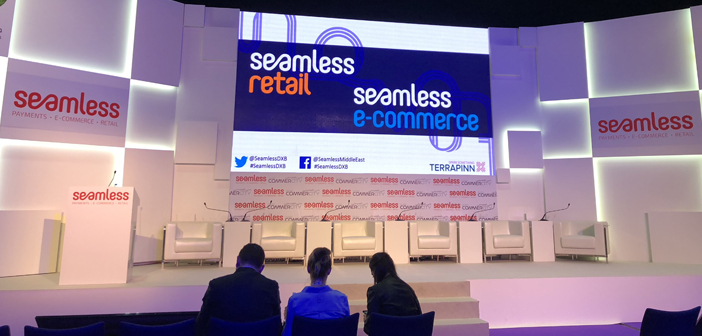
What does the future hold for E-commerce in the Middle East? Waseem Afzal, GM at OMD UAE shares his key takeaways at Seamless Middle East.
Every year, Seamless Middle East brings together experts and businesses from all over the region to discuss the future and challenges of payments, fintech, e-commerce and retail. In its 19th edition, I had the opportunity to moderate a round-table discussion with some of the brightest minds in MENA’s e-commerce industry, debating the digital marketplace and the potential for growth in the region.
It’s clear that this is a particularly hot topic right now, with exponential growth in terms of consumer adoption, as well as business investment. Saudi Arabia, the UAE and Egypt are expected to be the fastest growing e-commerce markets globally in the next few years. In terms of adoption, the e-commerce market in the GCC is estimated to be around $15 billion by the end of the year…the potential scope is huge.
Of course, there are areas for improvement that will help facilitate this promise into actual growth. Weak infrastructure, in terms of logistics and delivery, will need to improve in line with other market standards, while investment in mobile commerce will prove a key differentiator for brands and consumers alike in the coming years. Given the penetration rate in the region, it will be crucial for businesses to make the connection between smartphones and shopping, sooner rather than later, especially given the youthful consumer base they wish to target.
It’s true, we’re playing catch up in a sense, and the entry of global players will only heat up the competition, putting the onus on local companies to further invest in the e-commerce space. These global players will bring in their own best practice, their proven ways of working and more importantly talent, which for me is scarce in the region. However, we shouldn’t just rely on the global players to accelerate growth. If the industry is supposed to succeed sustainably, the governments in the region will have to play a crucial role in promoting e-commerce, in addition to the efforts of private companies.
Good things come to those who wait, and it’s apparent that the region is accelerating full throttle when it comes to the digital space. Homing in on e-commerce in general, here’s a few of my key takeaways from the insightful discussions and debates I had while at Seamless…
Keeping up with expectations
It’s a simple, yet very important truth for all businesses participating in the digital marketplace; your customers have very specific expectations about their e-commerce experience. There were three key things which stood out at Seamless, almost as a prerequisite to e-commerce success: 1. discoverability on all channels and devices, 2. consumer centricity, and 3. convenience or adding value.
Discoverability and consistency across channels and devices
The starting point for a fruitful digital business is an omnichannel marketing approach, in other words, being present everywhere at the right time. Delivering a seamless and consistent experience across all channels and devices is one of the cornerstones of gaining users’ trusts and retaining their loyalty. Considering this is something under threat in today’s price conscious age, this could well be the deciding factor for repeat business.
Consumer centricity: focusing on user experience
Today’s consumers are fragmented. They hop from device-to-device and from channel-to-channel, with attention spans that are measured in two-digit seconds (at the most), so a good user interface and on-site experience is essential. Website load speed is a very under-rated area, but 50% of in-store shoppers leave after 15 seconds of waiting time; three second in the case of mobile shoppers.
Convenience: providing value to consumers
I’m referring particularly to two things: providing a variety of payment gateway options (COD to credit card, PayPal, etc.) and good logistics (delivery, return policies, etc.) is basic for digital retail.

